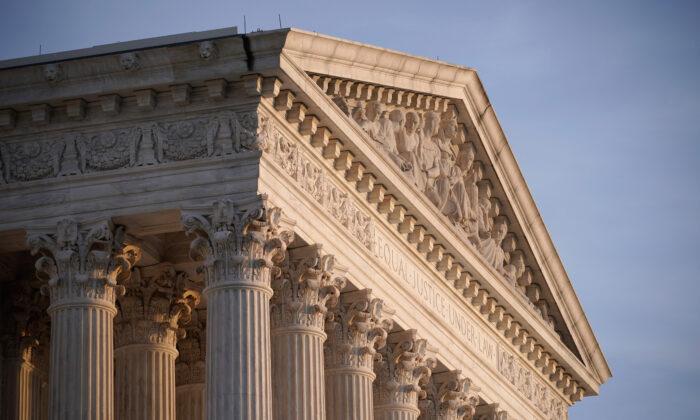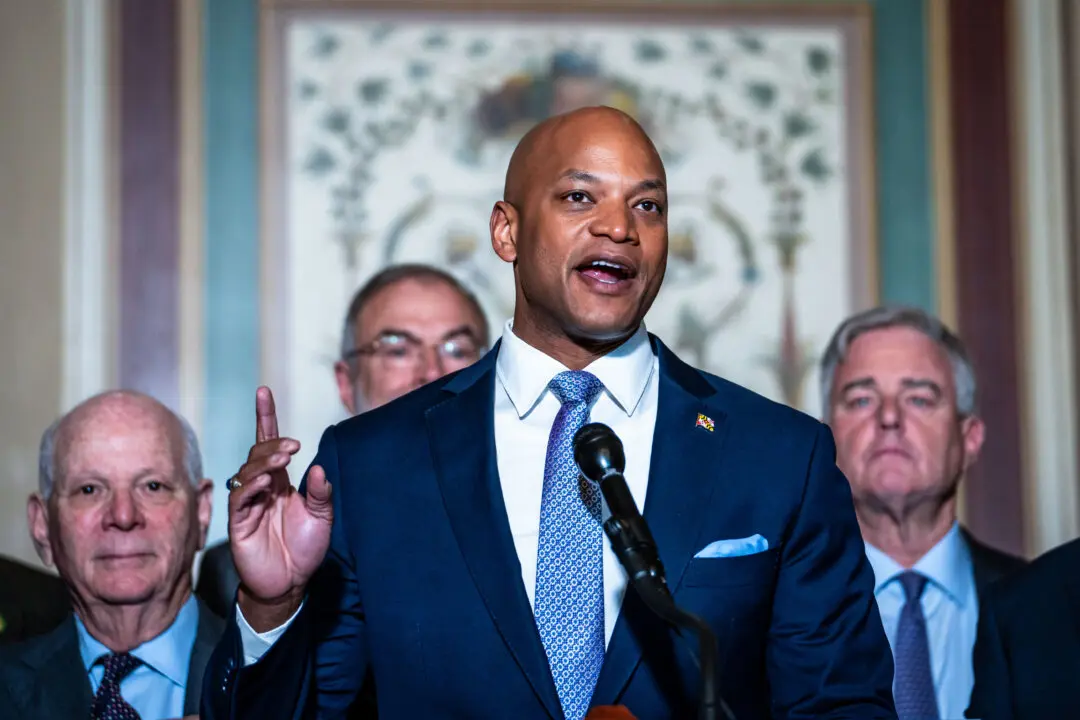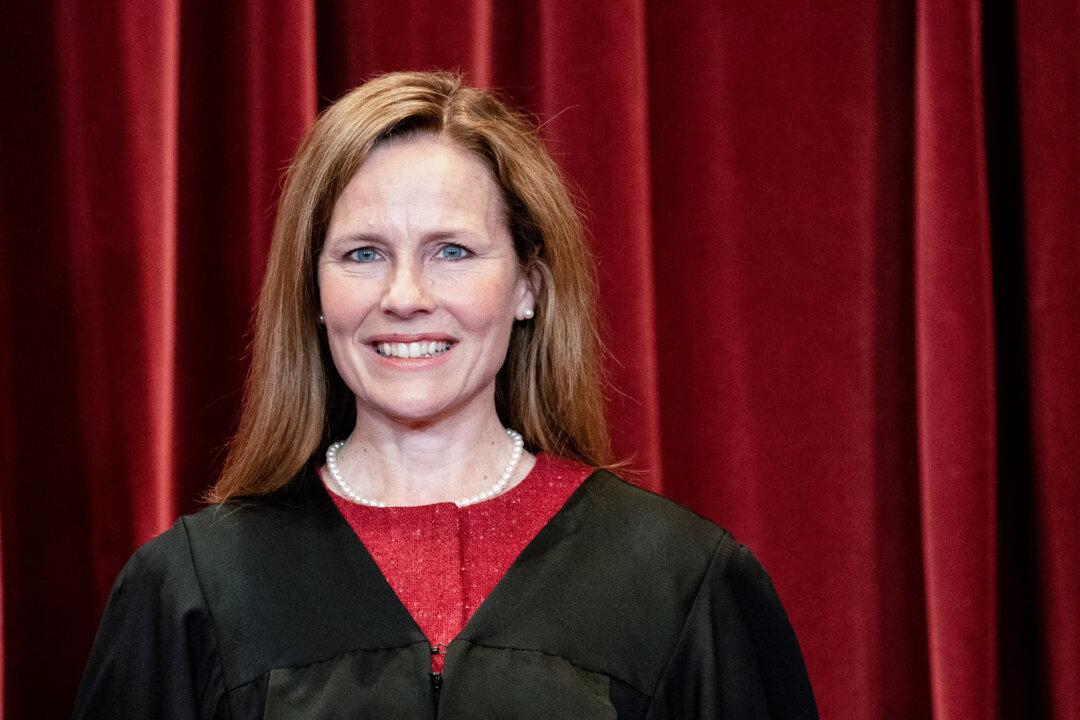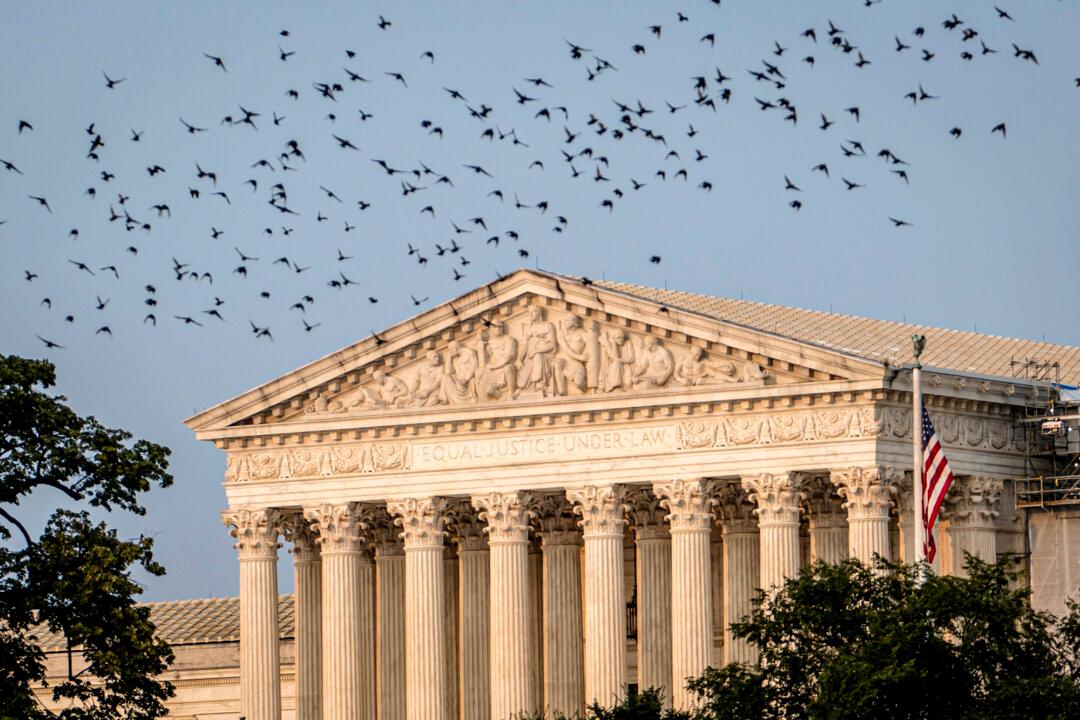The Supreme Court should make clear the extent to which the doctrine of hot pursuit applies in cases in which an individual is charged with a minor offense, the justices heard in oral arguments.
Only 60 minutes were scheduled for oral arguments at the Supreme Court on Feb. 24, but the telephonic hearing lasted 112 minutes.
The officer followed Lange’s station wagon but didn’t activate his siren or overhead lights. When Lange neared his home’s driveway, the officer turned on his overhead lights. Lange began to close his garage door but the officer left his squad car and put his foot under the door to prevent it from closing and then entered the garage. The officer asked Lange, “Did you not see me behind you?” Lange said he hadn’t.
The officer said he could smell alcohol on Lange’s breath and charged him with driving under the influence and “operating a vehicle’s sound system at excessive levels.”
Lange moved to suppress the evidence obtained after the officer entered his garage, arguing that his warrantless entry into his home violated the Fourth Amendment.
The trial court rejected Lange’s argument that “the exigent circumstance of ‘hot pursuit’ should be limited to ‘true emergency situations,’ not the investigation of minor offenses,” and the state Supreme Court agreed.
Lange’s lawyer, Jeffrey L. Fisher, told the justices that the police officer involved in the case had overreached.
“Police officers may not enter a person’s home without the approval of a magistrate unless an emergency leaves no time to seek a warrant,” Fisher said.
“So the key question here is whether probable cause to believe a person has committed a misdemeanor and retreated automatically gives rise to an exigency requiring immediate action.”
“The governmental interest in investigating minor offenses is not always or even usually strong enough to support home entries unsanctioned by judicial officers,” he said. “Such invasions can be wholly out of proportion with minor nonviolent offenses.”
“There are many nonthreatening reasons why people sometimes step inside or continue into their garages when pursued by officers. Teenagers are sometimes frightened or confused and wish their parents to be present for any questioning. Women driving alone are sometimes afraid to ... stop on dark roads and occasionally are not even sure those following them are police officers. And residents of certain communities often wish to avoid having others see them interacting with the police, particularly when they’re likely to be asked to identify perpetrators of other more serious offenses.”
Police can simply knock on the door, Fisher said. “It is not too much to ask for officers to procure a warrant before breaching the Fourth Amendment’s most sacrosanct space.”
On behalf of the U.S. Department of Justice, Erica Ross urged the justices to “recognize at least a general presumptive rule that when a misdemeanor suspect tries to thwart a lawful public encounter by moving the encounter to a residence, an officer’s decision to follow him is reasonable.”
Several justices said during the hearing that drawing the line between felonies and misdemeanors was difficult.
Chief Justice John Roberts asked Ross how far police could go in such circumstances.
“So we think that there are three primary limits,” Ross said. “The first is that the manner of entry itself must be reasonable. The second is that the scope of the entry has to comport with this court’s cases ... essentially saying that it’s not going to be a full-blown search of the entire residence. And, third, of course, officers in this context, as in all others, can’t use excessive force.”
Lawyer Amanda Rice, appointed by the Supreme Court to act as a friend of the court and argue in support of the state court ruling, said the Supreme Court “has never suggested that the hot pursuit exception turns on the classification of the underlying offense. It should now expressly hold that it does not.”
The exception “protects important law enforcement interests that categorically outweigh privacy interests when a suspect decides to flee.”





